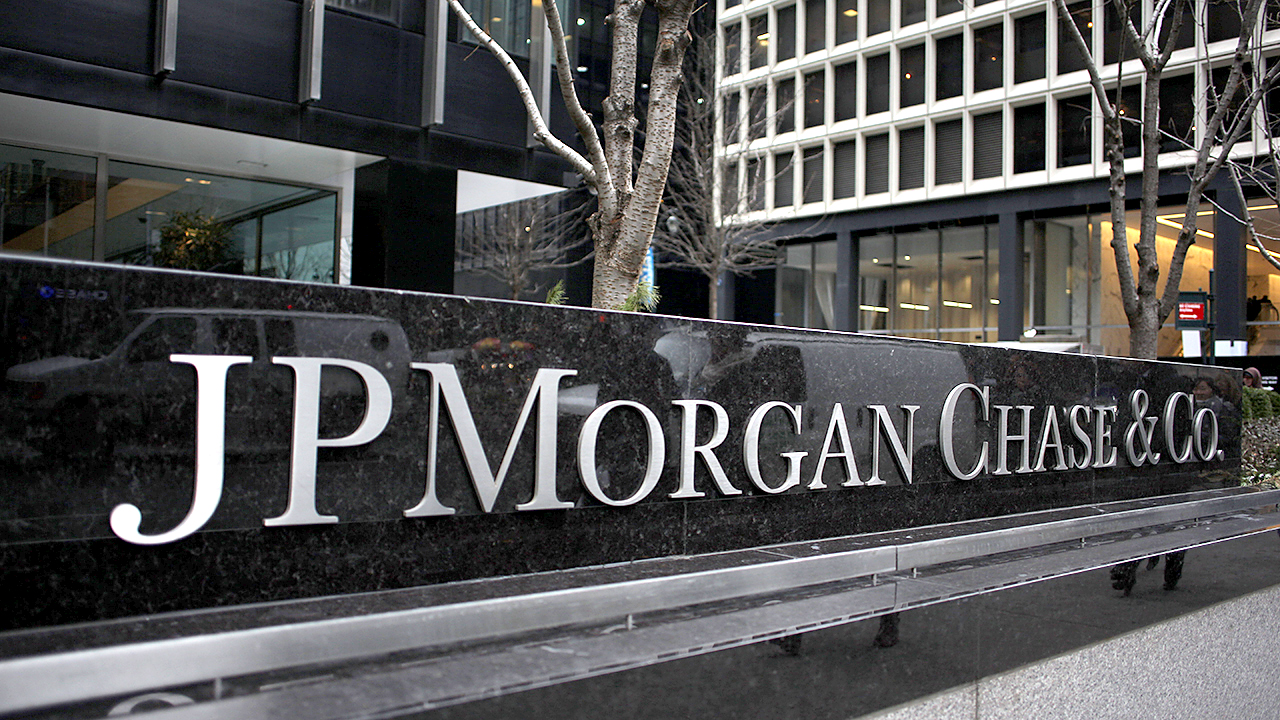EURUSD: U.S.–Eurozone Growth Gap Persists, Near-Term Outlook Still Favors the Dollar


Although the euro has staged a two-day rebound, the current macro landscape continues to create a clear push-and-pull dynamic for EURUSD. On the U.S. side, growth remains resilient with household demand still solid, while Europe shows divergence between a relatively stable services sector and a sluggish manufacturing base. Last week, U.S. GDP grew 3.8% q/q, durable goods orders unexpectedly jumped 2.9%, housing indicators (New and Pending Home Sales) beat forecasts, and Core PCE held steady at 0.2% m/m. In contrast, Eurozone data remained soft: French manufacturing PMI (48.1) and German manufacturing PMI (48.5) stayed below the 50 contraction threshold, even as German services improved into expansion territory (52.5). Meanwhile, the German Ifo index fell to 87.7, underscoring weak business confidence. Together, these numbers reinforce the narrative of a persistent growth differential in favor of the U.S.—a fundamental backdrop that helps the dollar maintain its advantage.
At present, both the Fed and the ECB are cautious about their next policy steps, but their starting points differ. In the U.S., goods inflation has eased, yet services inflation remains sticky, making it difficult for the Fed to signal aggressive easing while the labor market has yet to cool decisively. In Europe, price pressures have subsided more clearly, but weak growth—especially in German industry—limits the ECB’s room to raise rates and forces it to balance price stability against downside risks. This divergence keeps nominal rate spreads and policy expectations tilted toward the USD.
Additionally, the AI infrastructure investment cycle is attracting global equity flows into U.S. markets, increasing demand for dollars via portfolio channels. Europe’s index composition leans more toward financials, industrials, and consumer durables, which are less directly exposed to the current AI super-cycle.
Elevated U.S. Treasury yields continue to compress the equity risk premium and draw global capital into dollar assets, while German Bund yields—especially at the short end—struggle to rise meaningfully amid weak growth momentum. In FX terms, this translates into a 2–10 year yield spread that still favors the U.S., reinforcing the USD unless there is a significant “cooling” shock from labor market or U.S. services inflation data. Put differently, as long as the U.S. yield curve does not decline in a sustained fashion, EURUSD lacks a strong breakout catalyst.
Another factor to watch is trade and energy conditions. The Eurozone, as a net energy importer, is highly sensitive to swings in oil and gas prices; any geopolitical-driven spike represents a headwind for the euro through input-cost inflation and household disposable income. The U.S., with far greater energy self-sufficiency, is better insulated. Given Europe’s fragile growth, an energy shock would likely push the ECB toward a more “growth first” policy stance, which is not supportive of the euro.
On the geopolitical front, Israeli Prime Minister Benjamin Netanyahu formally endorsed Donald Trump’s proposed Gaza peace plan during their White House meeting. However, while Israel has agreed, Hamas has not yet formally accepted the plan, a critical obstacle to implementation. This underscores how geopolitical risk remains a volatile and unpredictable variable in the current backdrop.
Even so, the euro is not without support. The Eurozone’s current account balance has improved thanks to lower energy imports compared to peak crisis levels, reducing the structural drag on EUR supply. If this week’s U.S. data releases (JOLTS, ISM Manufacturing, Unemployment Claims, NFP, and the Unemployment Rate) show moderating labor demand and softer wage growth, markets may bring forward expectations of Fed easing—typically leading to lower Treasury yields and opening the door to a meaningful EURUSD rebound. Conversely, any “hot” surprises from U.S. labor or services data will reinforce the case for higher-for-longer rates, adding pressure on the euro.
In sum, the near-term outlook for EURUSD leans modestly bearish until there is clearer evidence that the U.S. labor market is cooling and services inflation is on a durable downtrend. A more constructive scenario for the euro would involve a modest softening in U.S. data alongside Eurozone services remaining above 50 and German business sentiment stabilizing; under those conditions, EURUSD could grind higher, though sustained upside would still be limited without a decisive reversal in yield differentials.
The post EURUSD: U.S.–Eurozone Growth Gap Persists, Near-Term Outlook Still Favors the Dollar appeared first on European Business & Finance Magazine.















































